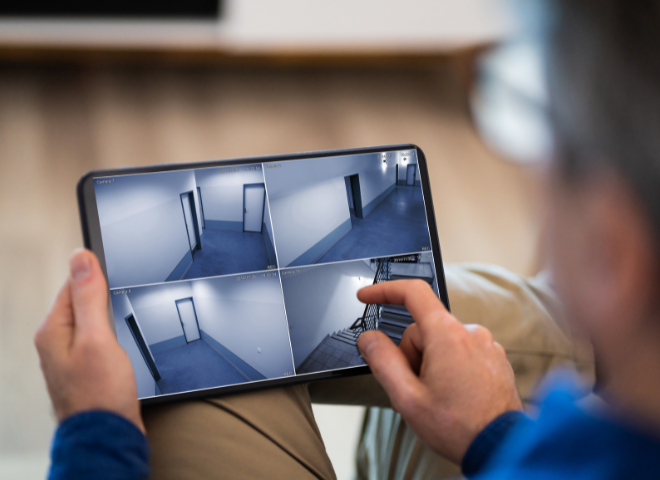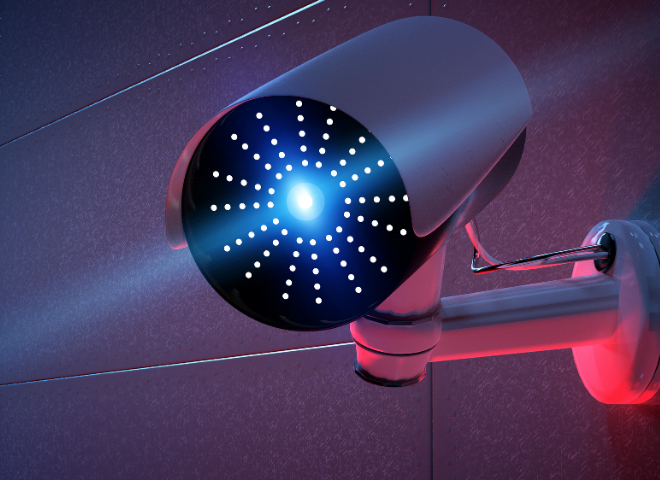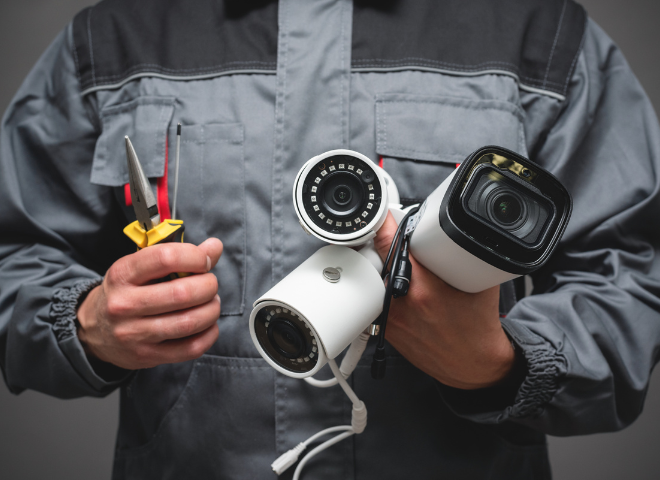
Indoor cameras are an essential modern surveillance tool for many families.
Determine the needs and areas for indoor camera usage
Needs for indoor camera usage
When considering installing indoor cameras, it is important to assess whether there is a genuine need for such a device. For instance, if you have young children but need to leave the house frequently for work, indoor cameras can be used to monitor their well-being and allow for timely intervention in case of any issues. Similarly, if you live away from your hometown and want to keep an eye on your family and home, or if you own a store and want to monitor customer activities, indoor cameras can be a useful solution.
Identify the areas to be monitored
To ensure the best coverage and quality of the camera’s display, it is advisable to carefully consider the installation location. Typically, mounting the camera at a higher position will provide a broader and more panoramic view. Additionally, installing cameras in wall corners can help distribute the camera’s field of view evenly across the monitored area while maintaining the aesthetic appeal of the house, as corners are less noticeable. Common areas for indoor camera installation include the living room, kitchen, storage room, stairwell, and for those with young children, their bedrooms. It is recommended to avoid installing cameras in private spaces such as bedrooms and dressing rooms, as these areas are sensitive and not suitable for family monitoring. If necessary, consider installing cameras for personal monitoring only.

Infrared capabilities allow the camera to capture images even in low-light conditions.
Determine the desired image quality
Indoor cameras are available with various resolutions, including Full HD and 2K, offering sharper and clearer images. Additional features such as infrared for night monitoring, motion detection, water resistance, and theft alarms can also enhance the camera’s functionality.
Types of Indoor Cameras
Wireless Camera
Also known as a Wi-Fi camera, this surveillance device operates by connecting to the internet through a Wi-Fi network. Wireless indoor cameras require only a network connection and can be monitored via smart devices such as smartphones, laptops, or tablets with a corresponding surveillance application installed. However, a potential drawback is that image quality may be affected by signal interference when multiple devices are connected to the same network. Additionally, wireless cameras may have limited bandwidth and storage capacity, necessitating the addition of a hard drive.
Wireless indoor cameras are typically affordable, with prices starting at just VND 550,000.
Wired Indoor Camera
Wired indoor cameras come with a set of accompanying equipment, including a recorder, hard drive, receiver, cables, and other accessories. This setup enhances security and privacy, and any issues can be easily addressed. The use of cables and a central hard drive allows for the installation of multiple cameras in different areas while maintaining a single power source. Moreover, the inclusion of a recorder improves image quality and clarity.
However, the initial cost of purchasing the equipment and installation services can be relatively high.

Wired camera systems tend to be more complex and costly due to the required equipment.
A typical package for a wired indoor camera system with two cameras averages around VND 4,000,000.
360-Degree Indoor Camera
360-degree indoor cameras offer a wide-angle view and can capture the entire scene without any blind spots. This smart surveillance device is essentially a Wi-Fi camera that can be controlled and adjusted remotely. Its standout feature is the ability to track moving objects, ensuring that no detail is missed. However, this can also be a drawback, as focusing on a specific target may cause the camera to miss activities in other areas. Additionally, excessive rotation may impact the camera’s durability.
360-degree indoor cameras are available at a range of price points, from VND 650,000 to VND 3,000,000.
Indoor Camera with Two-Way Audio
Also referred to as IP cameras, these devices are equipped with a built-in microphone and speaker. This feature enables you to communicate with individuals near the camera and receive audio feedback. This is especially useful for parents who want to keep an eye on their children and communicate with them remotely. However, a potential drawback is the limited storage capacity due to the large amount of space required to store both audio and video data.

Two-way audio cameras allow parents to communicate with their children or other family members via connected mobile devices.
Indoor cameras with two-way audio are available at a reasonable price, starting from just VND 700,000.
































